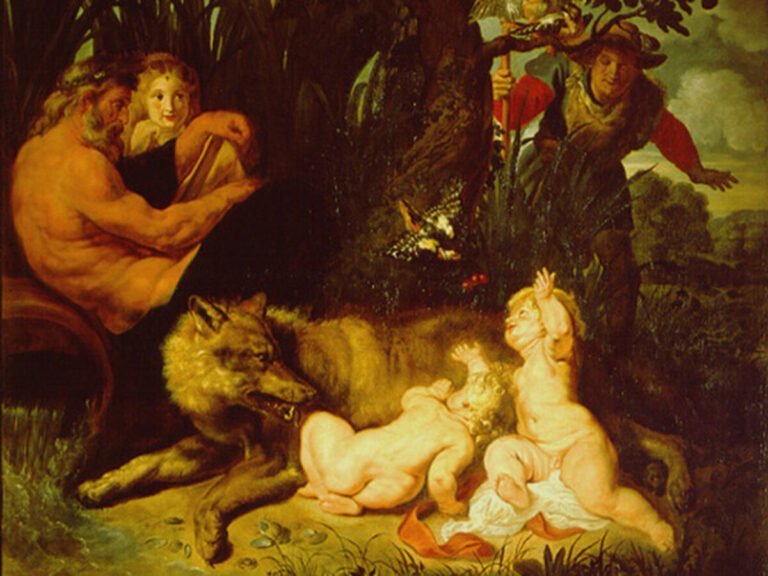Contents
ToggleIn short
Quirinus is one of the first gods of the Roman state. Quirinus was often associated with myrtle. Its main festival was the Quirinalia, held on

Quirinalia, in honor of one of the first gods of Rome
Quirinus was most likely originally a Sabine war god. The Sabines had a colony near the eventual site of Rome and erected an altar to Quirinus on the Collis Quirinalis, one of the seven hills of Rome. When the Romans settled in the area, the cult of Quirinus became part of their early belief system.
In Plutarch's Life of Romulus, he writes that shortly after the founder of Rome disappeared under what some considered suspicious circumstances, a Roman nobleman named Proculus Julius reported that Romulus had come to see him while he was traveling. He claimed that the king had asked him to tell his countrymen that he, Romulus, was Quirinus.
By the end of the 1st century BCE, Quirinus was considered the legendary deified king.
The last day of the festival is called the Quirinalia and corresponds to the traditional day of Romulus' death. On this day, the Romans toasted spelt as an offering to the goddess Fornax. In one version of the legend of the death of Romulus cited by Plutarch, he was killed and cut into pieces by the nobles and each of them took part of his body home and buried it on their land.
Over time, however, Quirinus became less important and he was absent from the newer, better-known triad (he and Mars had been replaced by Juno and Minerva). Varro mentions the Capitolium Vetus, an ancient cult site on the Quirinal, dedicated to Jupiter, Juno and Minerva, among which Martial distinguishes between the "old Jupiter" and the "new".
Social networks
of the ancient Monarchy celebrated the Quirinalia in honor of Quirinus. It is believed that Romulus was deified as Quirinus. The festival became less important in the Republic and Jupiter replaced Quirinus. #mythology #myth #legend #calendar #February 17 #quirinus #romulus
Picture
